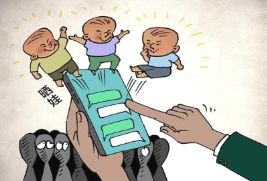题目内容
—What are you busy with these days?
—I am collecting _______ for my latest novel.
A.surface B.material C.style D.website
Family Rules | 1. Got up at 6:00 am and go to bed by 10:00 pm. 2. Don’ t talk loudly in the room. 3. Clean your bedroom every day. 4. Wash your skirts and T—shirts 5. Don’t meet friends before you finish your homework. |
________ Rules | 1. Come into the room with clean shoes. 2. Don’t eat or drink in the room. 3. Don’t talk loudly in the room. 4. Turn on the computers and turn off them after class. |
1.The word(s) in the blank(空格) can be_____
A.Computer room B.Library C.Classroom D.Supermarket
2.The word“ turn off” means_____ in Chinese.
A.打开 B.搬走 C.冲洗 D.关闭
3.According to(根据) the passage, we know_____.
A.you can’t talk loudly in both of the two kinds of rules.
B.you may come into the room with skirts and T—skirts.
C.you can go to bed after 10:00 pm.
D.you cannot meet friends.


